
Greek Mythology Echidna by on DeviantArt
Etymology. Echidnas are possibly named after Echidna, a creature from Greek mythology who was half-woman, half-snake, as the animal was perceived to have qualities of both mammals and reptiles. [citation needed] An alternative explanation is a confusion with Ancient Greek: ἐχῖνος, romanized: ekhînos, lit. 'hedgehog, sea urchin'. Physical characteristics
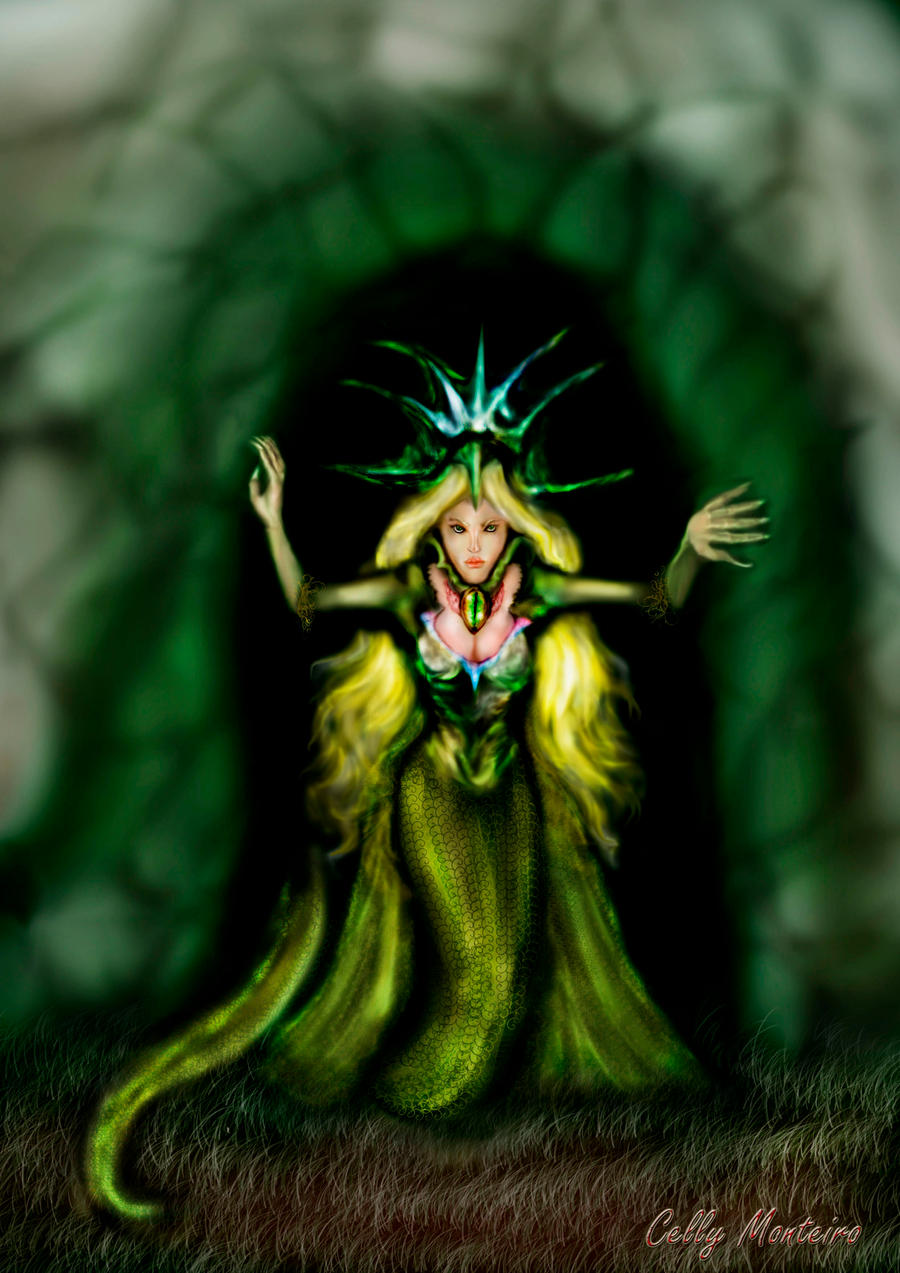
Echidna by CellyMonteiro on DeviantArt
Echidna is a fearsome half-woman, half-serpent creature known as the "Mother of All Monsters" in Greek mythology. It's said that this monster could produce life-ending and madness-inducing venom. In Greek mythology, Echidna was a unique and fearsome creature with a fascinating origin story.

Echidna mother of all monsters. I first learnt about her on Hercules The Legendary Journeys
In Greek mythology, Echidna belonged to a class of monsters called Drakons, which translates to Dragon. Echidna was a female dragon or dracaena. The ancient Greeks imagined dragons that looked slightly different from modern interpretations, with the ancient dragons in Greek myths resembling giant serpents. Echidna possessed the upper half of a woman and the
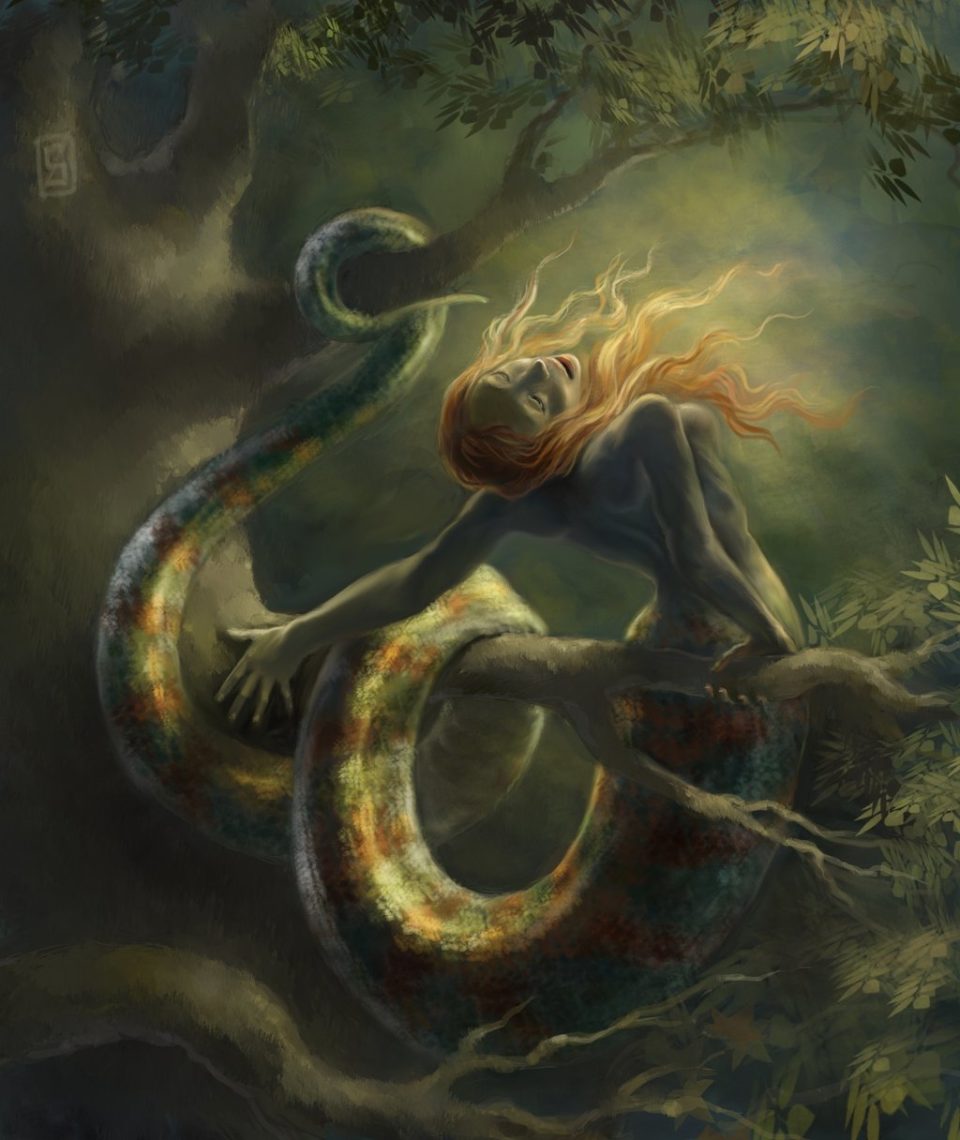
Echidna and Echidna in Encyclopaedia of Mythology of IndoEuropean People
Who were Zeus' Lovers? How was the World created? What is the Trojan Horse? Echidna challenges Zeus One of the most significant episodes involving Echidna in Greek mythology was her and Typhon's attack on the Olympians. This battle against the gods showcased their immense power and threat.
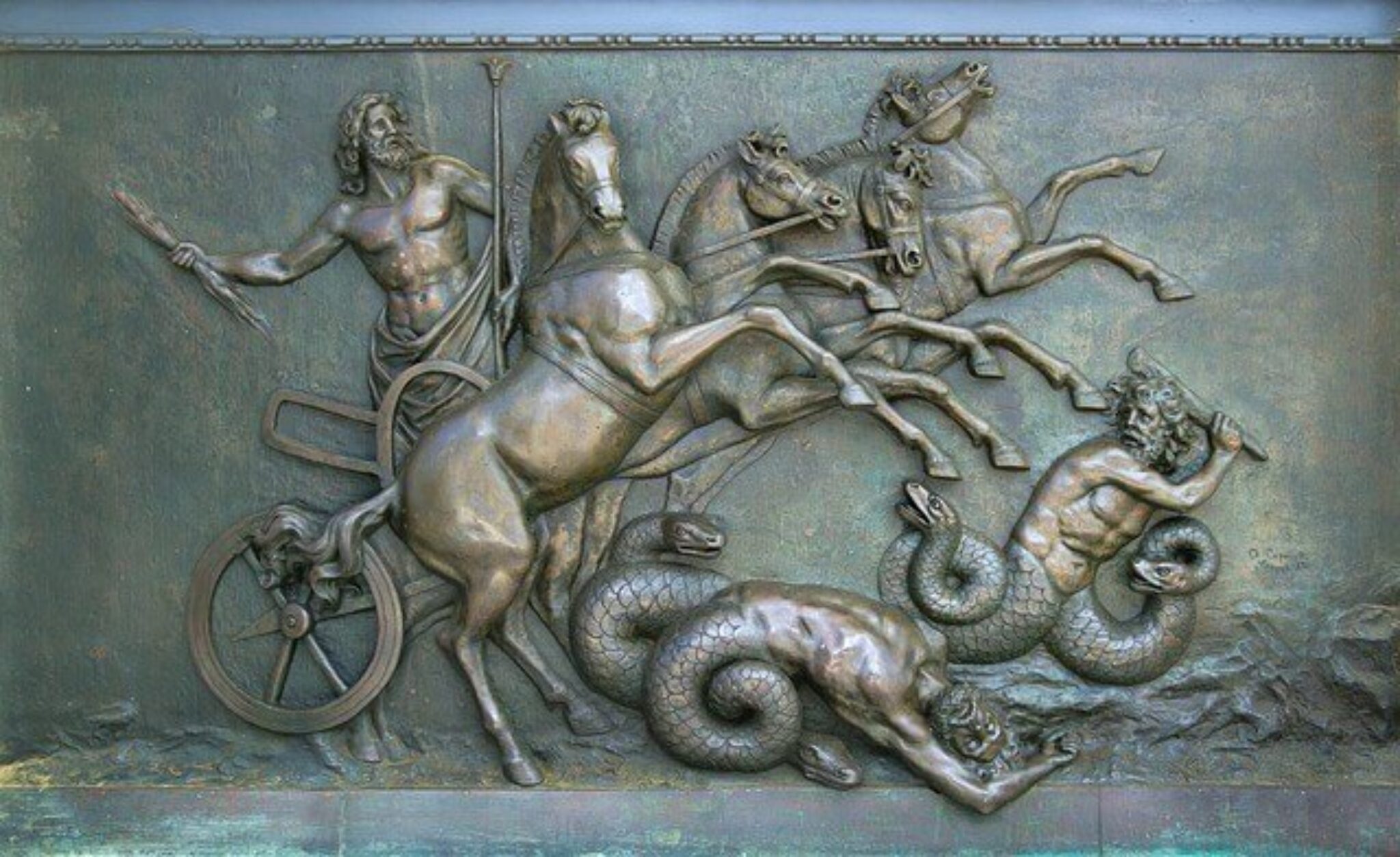
Echidna Mother of Monsters in Greek Mythology
Echidna was a monster in Greek mythology. Born of the earth-goddess Gaia and either the god of the depths, Tartaros, or the sea-god Phorkys, Echidna was assigned the task of getting revenge on the.
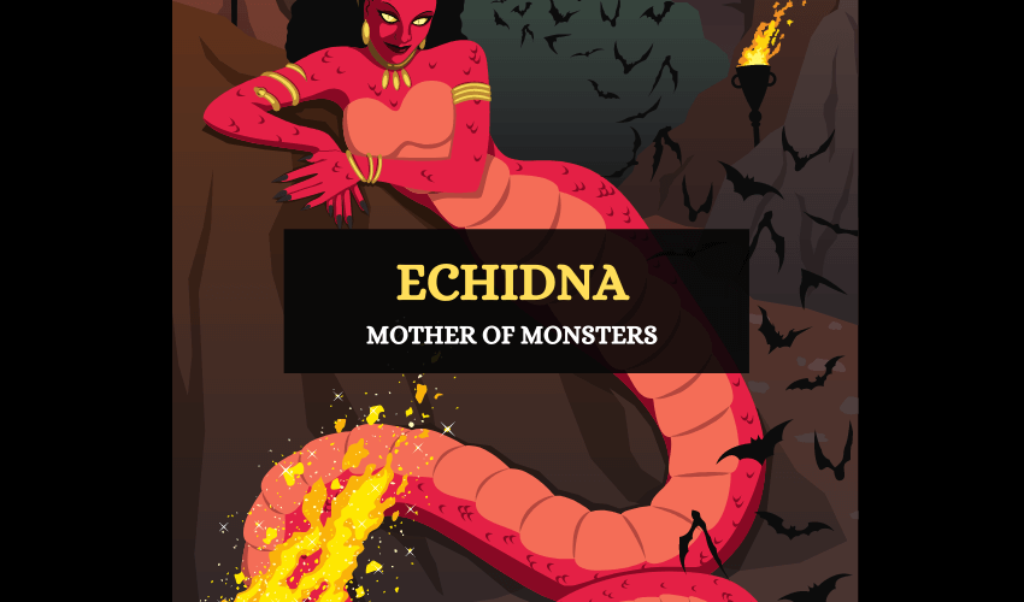
Echidna Mother of Monsters in Greek Mythology
In Greek mythology, Echidna was a monster who was part woman (on top) and part serpent. According to the ancient Greek poet Hesiod, her parents were the sea gods Phorcys and Ceto. In a myth told by Apollodorus, however, her parents were Tartarus (the personification of the underworld) and Gaea (Earth).
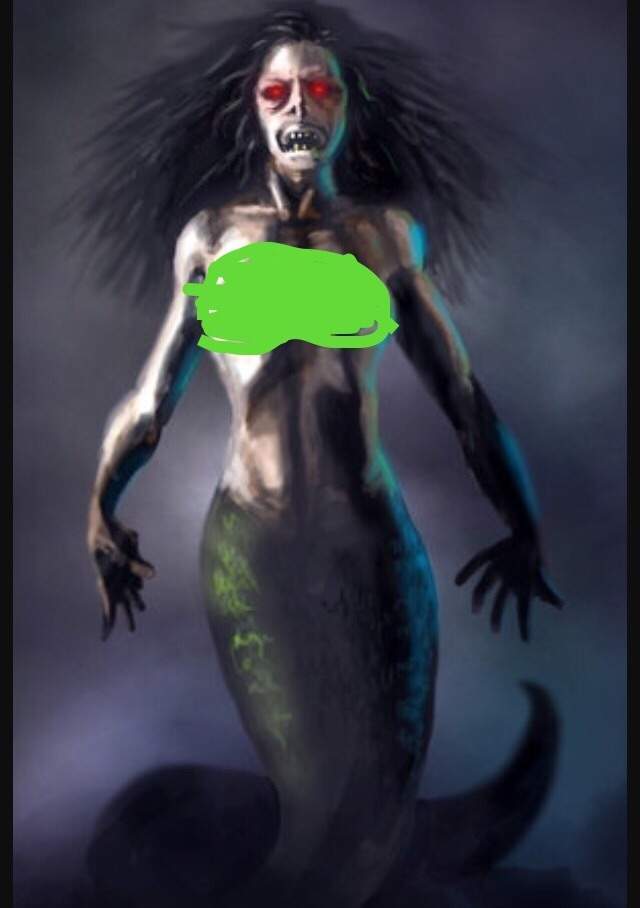
E is for Echidna Mythology & Cultures Amino
Echidna, a name that evokes images of serpentine coils and dark caverns, has its roots in the ancient Greek word "ἔχις" (echis), which translates to "viper" or "snake." This etymology is fitting, given her half-woman, half-serpent form.

Echidna The Mother of all Monsters in Greek Mythology Echidna, Greek mythology, Mythology
Echidna was a female serpent-monster of Greek mythology, the daughter of the sea gods Phorcys and Ceto. She was usually represented with the head and torso of a woman and the tail of a serpent.

EKHIDNA (or Echidna) was a monstrous shedragon (drakaina) with the head and breasts of a woman
Echidna, which loosely translates from the ancient Greek to "she-viper," is most commonly understood in Greek mythology to herself be a monster whose ancestry makes her half-human and half-serpent.

Echidna is a halfwomanhalfmonsters who mothered the monsters in the mythology. Mythology
Echidna, (Greek: "Snake") monster of Greek mythology, half woman, half serpent. Her parents were either the sea deities Phorcys and Ceto (according to Hesiod's Theogony) or Tartarus and Gaia (in the account of the mythographer Apollodorus); in Hesiod, Tartarus and Gaia are the parents of Echidna's husband, Typhon.
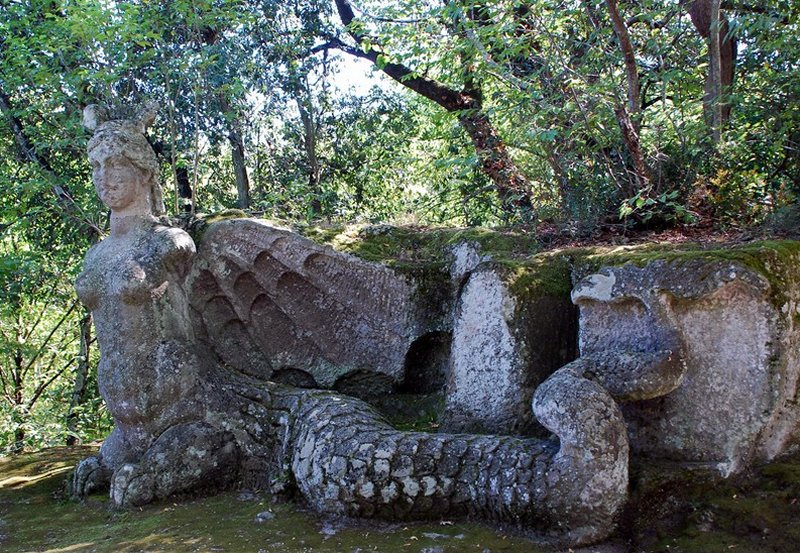
Echidna Mother Of All Monsters A CaveDwelling Female Hybrid Creature In Greek Mythology
Echidna was a half-snake half-woman monster, known as the Mother of Monsters in Greek mythology. She was called this because she gave birth to many of the mythical Greek monsters. Her husband was Typhon, the Father of All Monsters, also a dangerous and ferocious monster. Echidna is a somewhat obscure figure in Greek mythology.
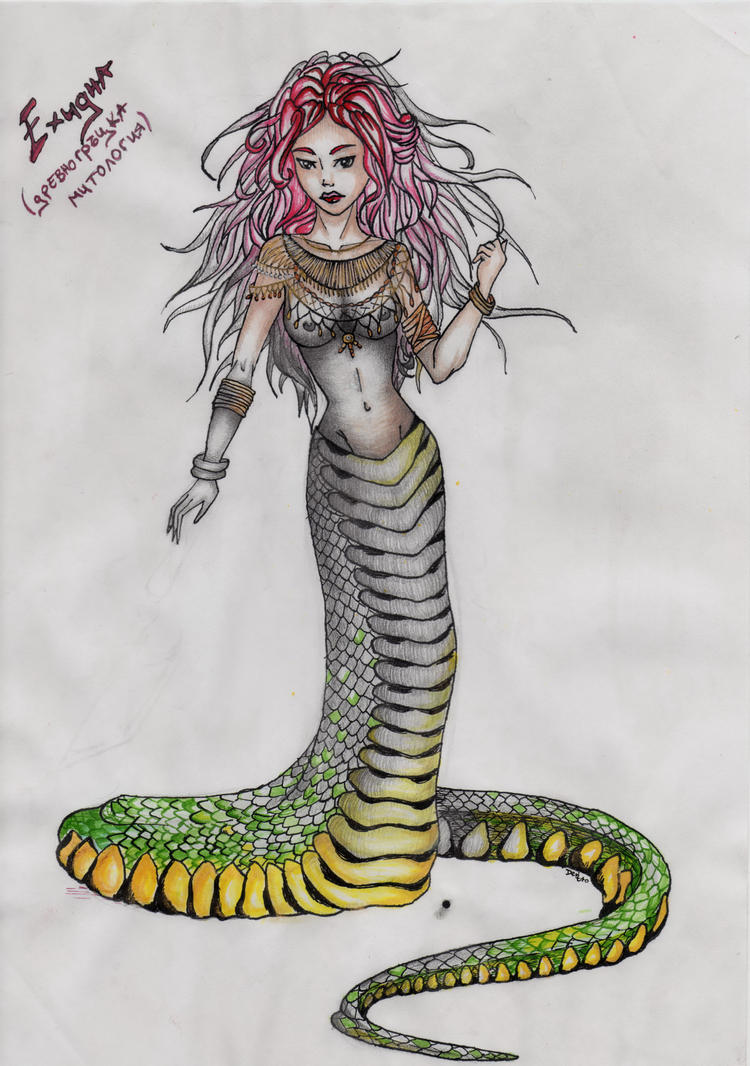
Echidna Picture, Echidna Image
Typhon and Echidna's Family Tree. There are multiple origin stories for Typhon, but they are all variations on a theme: women being mad at Zeus. Typhon was usually created as a weapon against Zeus, but who actually birthed him changes from myth to myth. Typhon is most commonly depicted as the youngest son of Gaia.

Echidna. (Ancient Greek mythology). Fantasy demon, Monster concept art, Fantasy creatures art
Echidna (mythology) - Wikipedia Echidna (mythology) Echidna. Sculpture by Pirro Ligorio 1555, Parco dei Mostri (Monster Park), Lazio, Italy [1] In Greek mythology, Echidna ( / ɪˈkɪdnə /; Greek: Ἔχιδνα, translit. Ékhidna, lit. "she-viper", pronounced [ékʰidna]) [2] was a monster, half-woman and half-snake, who lived alone in a cave.
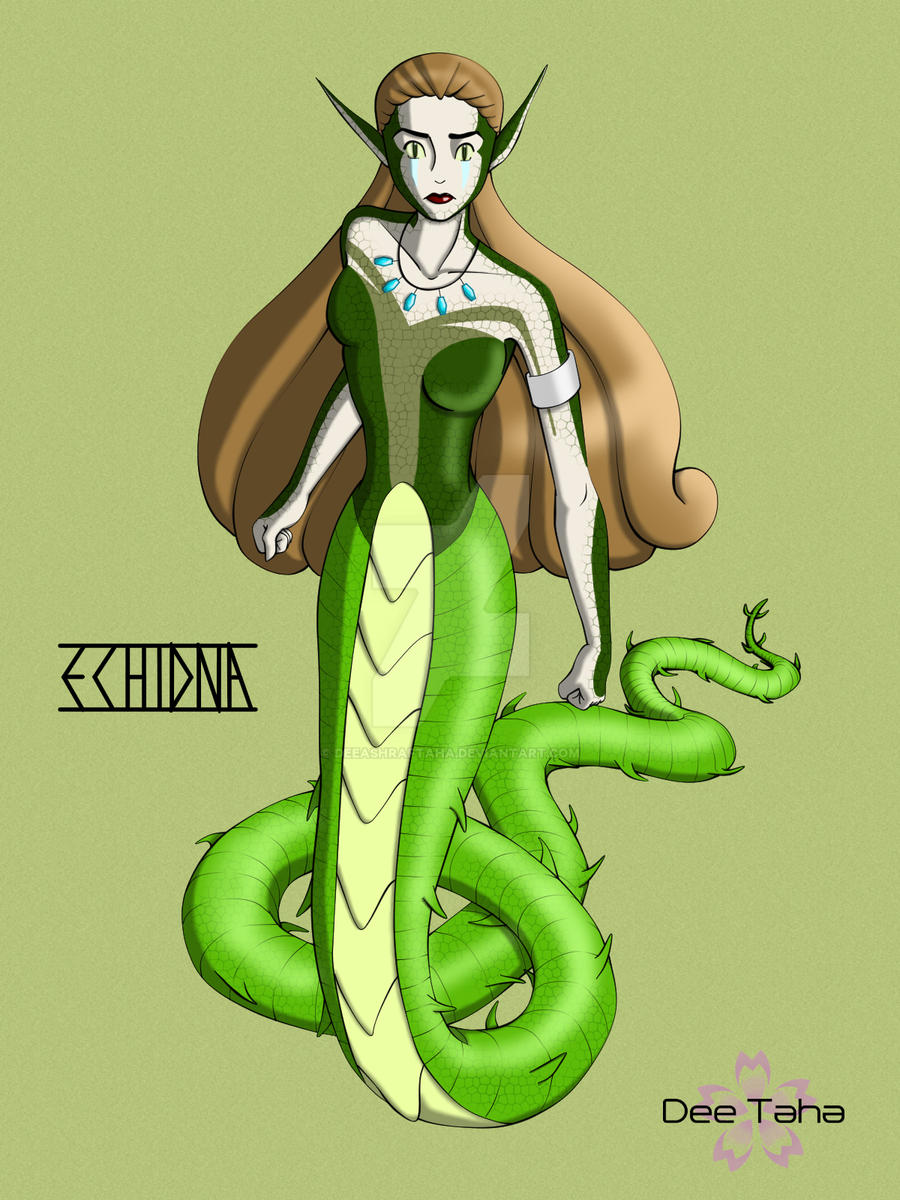
Echidna Greek Mythology by DeeAshrafTaha on DeviantArt
Fast Facts: Pronunciation: Ek-id-nuh Origin: Greek Home: Phrygia, Tartarus Role: Guardian of Earth's Treasures, Mother of All Monsters Parents: Gaia and Tartarus, or Keto and Phorkys Spouse: Typhon Children: Several, including Cerberus, Chimera, Colchian Dragon, Gorgon, Hydra and Sphinx What Is Echidna?

Pin on The D’Aulaires
Who is Echidna in Greek mythology? Echidna is referred to as the Mother of all Monsters in Greek mythology, and she literally is the mother of the Chimera, an infamous Greek beast..

Ekhidna Equidna, Criaturas mitológicas, Mitologia grega e romana
In Greek mythology, Echidna (also spelled "Ekhidna" or "Ekhidne") was a fearsome monster, known as the "Mother of all monsters" and one of the children of the primordial sea gods, Ceto and Phorcys. She was half woman and half serpent, and was said to dwell in a cave in the wilderness.